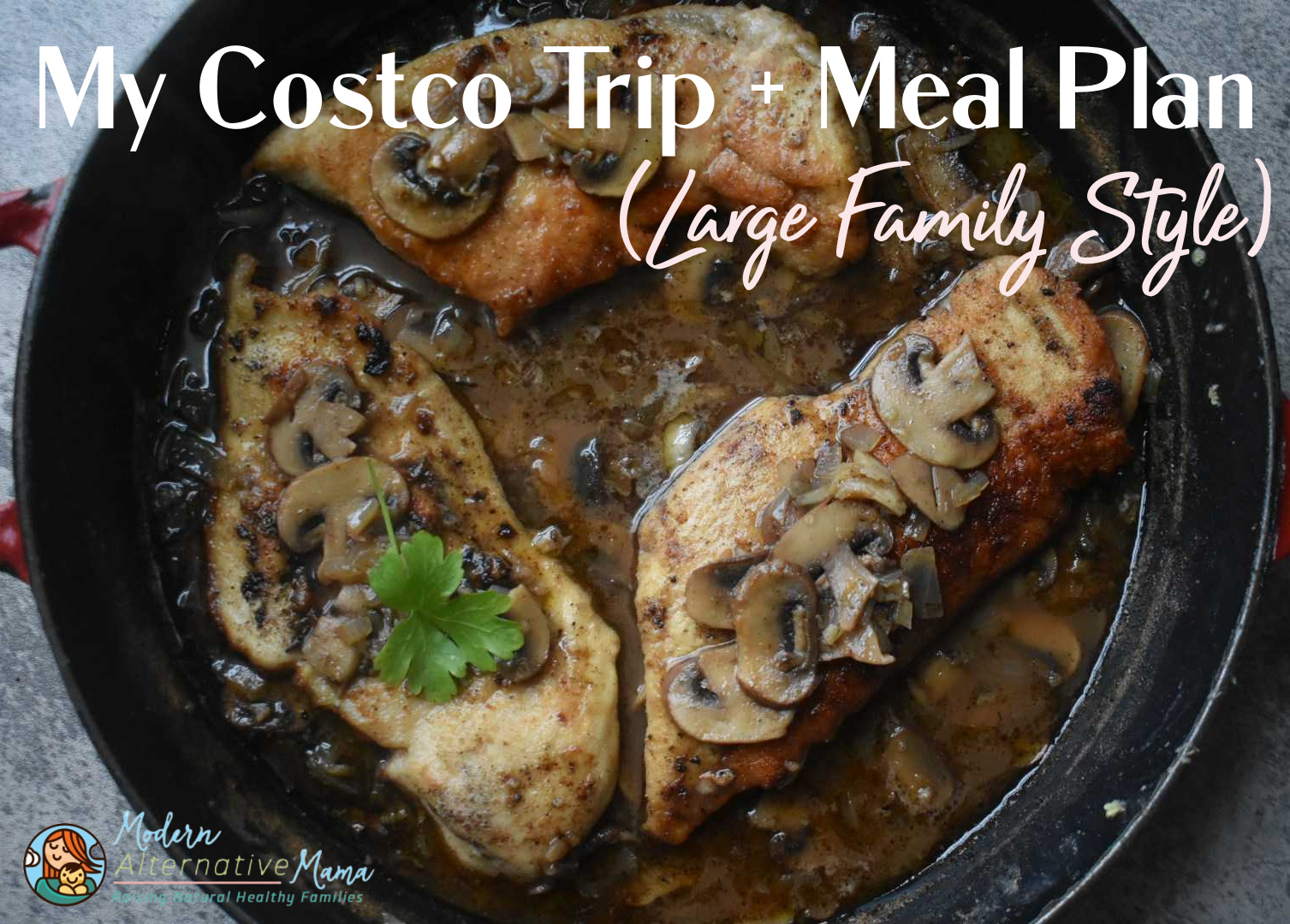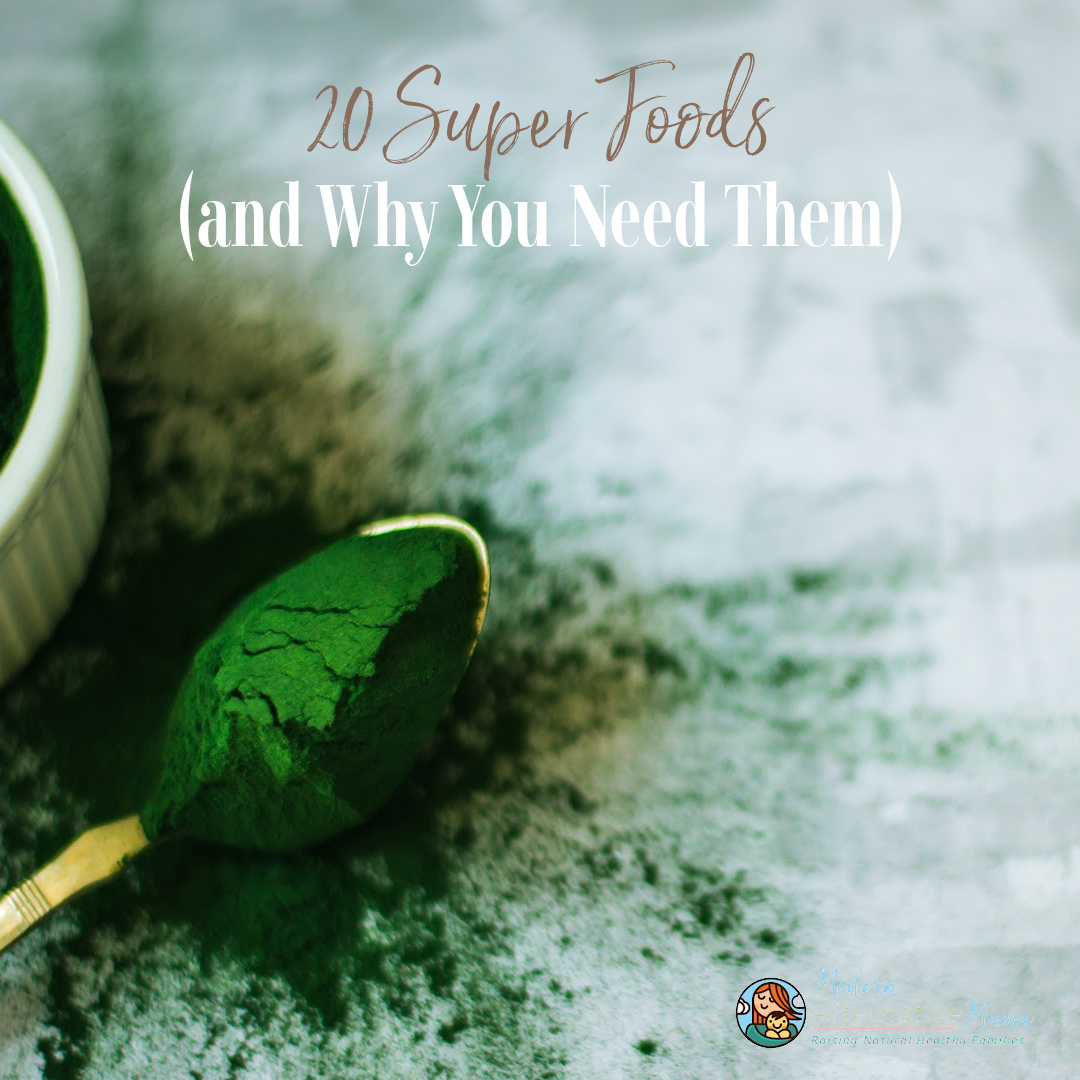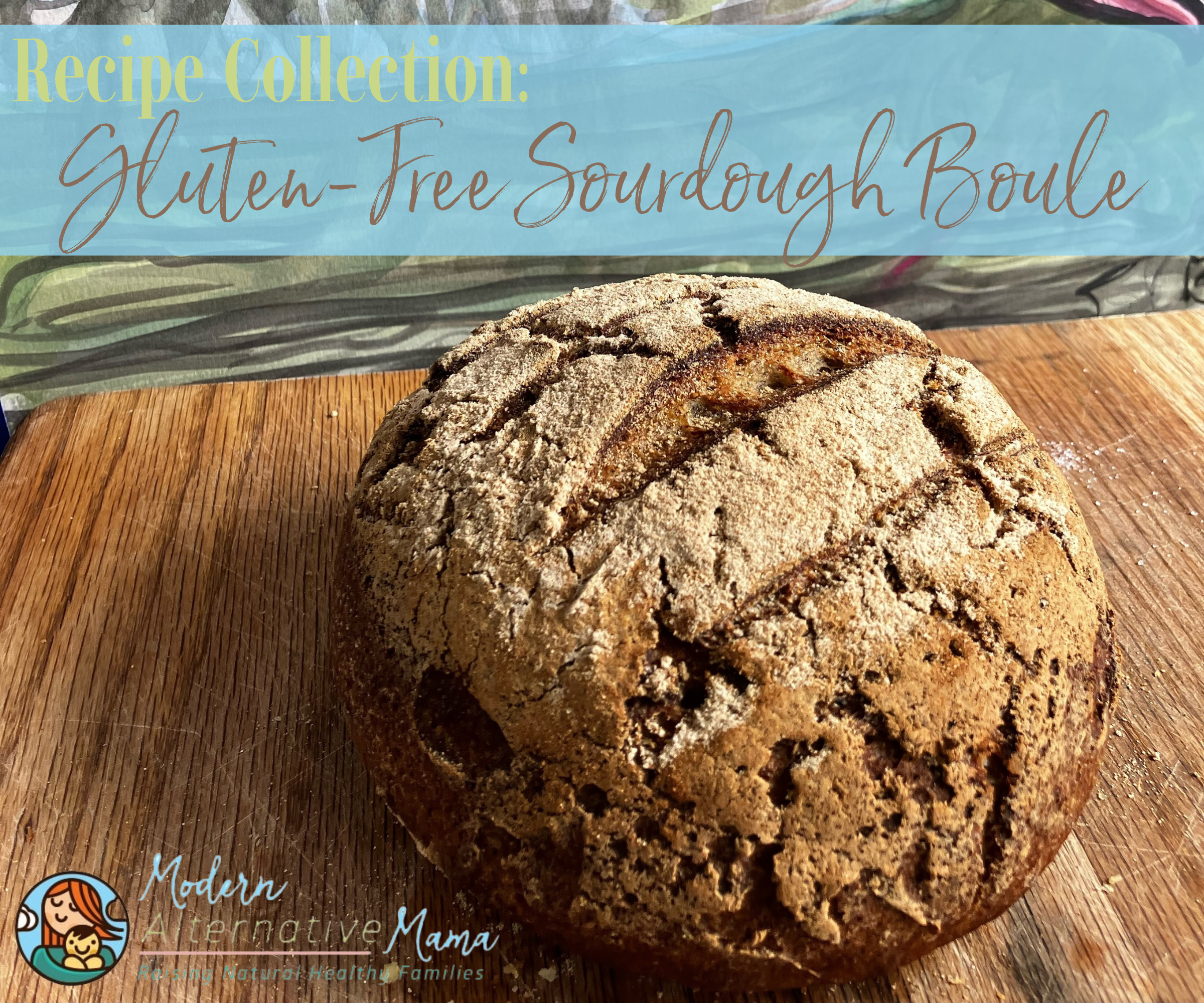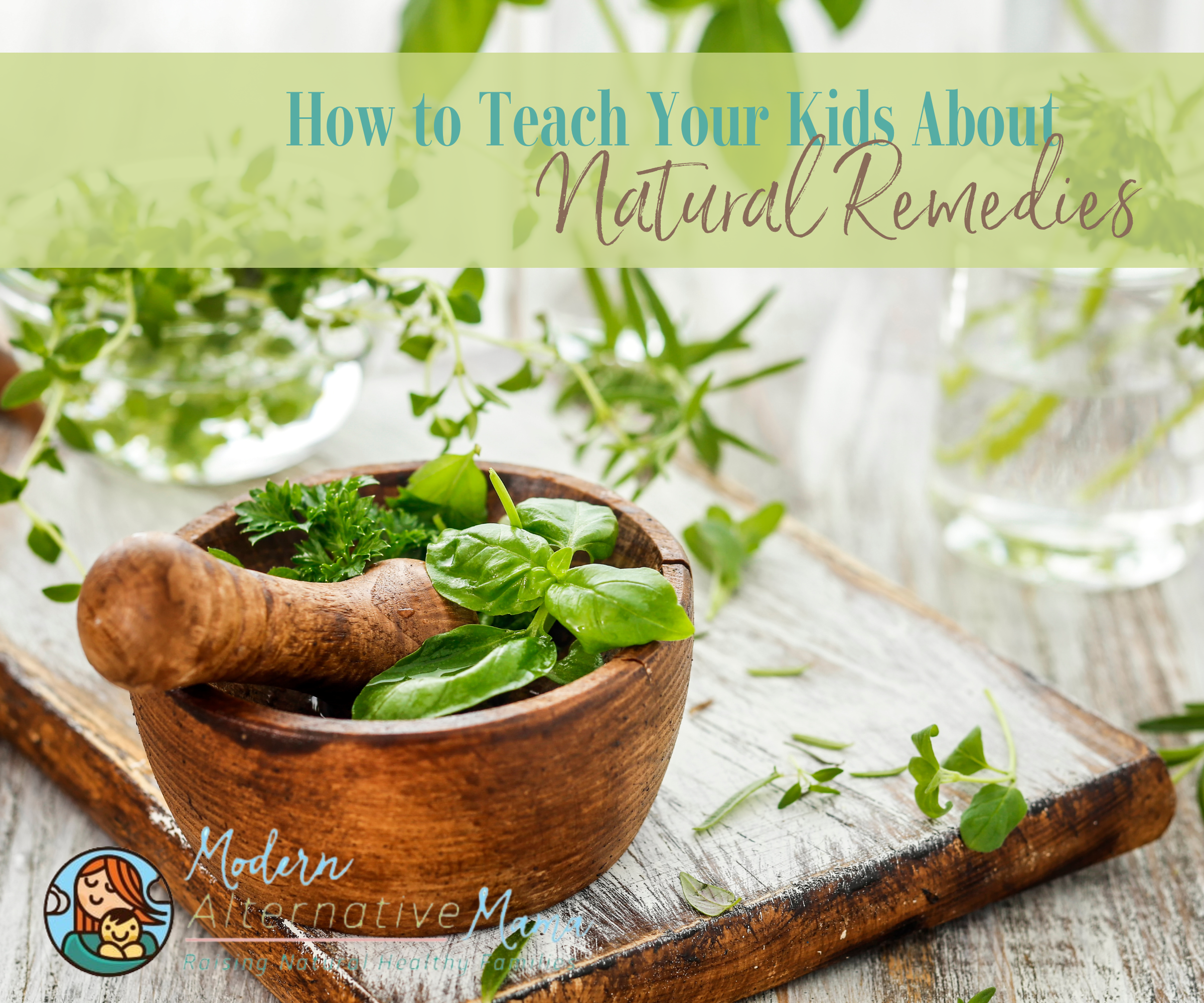For most of my teenage and early adult years, I struggled with digestive issues. I had tried everything from stool softeners to medications, but the problem was never actually remedied—I was offered only temporary fixes to mask the issues that plagued my digestion. Eventually, I decided to take matters into my own hands, and the only thing that made sense to me was to change my diet.
Since 2016, I have been cultivating a natural lifestyle, with the main focus centered around what I eat. I often receive negative comments on how I choose to eat, especially at family gatherings or when trying to find a place to eat out with friends. Although I receive a lot of backlash from others, it doesn’t make me change my mind. In my personal experience, I thrive on a paleo diet, but dairy and high fat also make up a large portion of my diet.
It seems as though mainstream culture pushes a lot of unhealthy, highly processed foods that lead to disease or problems in the body, making many dependent on pharmaceutical medicine. One of my favorite quotes is by Hippocrates: “Let food be thy medicine, and medicine be thy food.” Don’t get me wrong, on those special occasions, I will enjoy one of grandma’s chocolate chip cookies or have a s’more while camping and enjoy it without shame! However, I find sticking to unprocessed, whole foods most of the time makes my body feel the best and builds my immunity.
But honestly, your health journey does not have to be all or nothing. It is important to allow yourself to have fun and enjoy different foods while balancing it with a good, mindful diet. It’s not about getting it right every single day; it’s about taking steps that work for your needs and working towards a healthier goal. It doesn’t happen overnight, and the perfect place to start is with a simple list of ten healthy food swaps.
1. Sugar
Now, truthfully, who doesn’t love sugar? If you’ve read our blog about sugar alternatives, you would know that sugar is one of the most highly addictive foods. Although it tastes sweet, it isn’t always so sweet on our bodies. Excess sugar, especially highly processed sugar, can have adverse effects on our bodies, such as acne, obesity, heart disease, diabetes, cancer, and much more. Most refined sugar in the United States comes from sugar beets—and almost all of that comes from a genetically modified version of the plant and goes through an extensive process to become sugar.
You don’t have to eliminate sugar completely, as there are healthier options that can be beneficial to your body. In my home, we turn to the more natural and raw sugar forms.
Good: Organic cane sugar
Better: Coconut sugar
Best: Raw honey, date syrup, or maple syrup
DIY: Homemade Date Syrup
2. Bread
Bread is a well-trusted staple that has been served at the table of many families for hundreds of years. However, nowadays, the bread we buy at the store has lost its healthy roots—it’s no longer the simple ingredient bread our great-grandparents purchased at the local grocery. It is full of highly processed or synthetic ingredients and chemicals that are being passed off as food. Some of the lab-created ingredients you will find on bread labels or in processed flours are:
– Calcium propionate, datem, calcium sulfate, soy lecithin, citric acid, potassium iodate, monocalcium phosphate.
Trust me, I hear you not wanting to put these chemicals into your body. So what can you do? You can find healthy alternatives at the grocery store that will make you feel more confident in protecting your body’s health while enjoying bread.
Good: Dave’s Killer Bread
Better: Ezekiel 4:9 Sprouted Whole Grain Bread
Best: The Essential Baking Company Sourdough (only found online)
DIY Option: The Perfect Sourdough or Homemade Whole Wheat Bread
3. Milk
Milk is definitely a controversial topic. Some believe it is necessary to help our bones get the calcium they need, and others think it is a significant cause of inflammation in the body and can lead to health issues. Whatever you choose to believe, it is always best to go with the most organic option and one that just has “milk” listed as the ingredients. Finding milk from A2 cows versus A1 cows is also a better option because the caseins in A2 cows don’t harm the digestive tracts of humans.
In my own home, I believe organic or raw milk is the way. I steer clear of milk from cows treated with antibiotics, fed grains, or milks that have added calcium or gums. If I ever crave chocolate milk, I make it from scratch to eliminate corn syrups, dyes, and other chemicals.
Good: Stonyfield Organic Whole Milk
Better: Organic Valley Grass Milk
Best: The A2 Milk Company or Raw Milk (here is a link to raw milk finder)
DIY: Homemade Maple Chocolate Milk
4. Mayonnaise
Mayonnaise is the most-used condiment in the United States. Not only is it the perfect accent to sandwiches, but it is also needed for many recipes and sauces we love. But the unfortunate thing is that many store-bought mayonnaises are full of seed oils and overly processed ingredients. Some toxic ingredients on many mayo labels are:
– Canola oil, soybean oil, calcium disodium EDTA, potassium sorbate, and high fructose corn syrup.
Most brands we find in the grocery store contain these ingredients, but a few brands utilize olive or avocado oil, and use very few ingredients. I like to make my own mayonnaise because it is simple and can be made from ingredients I already have in my pantry and refrigerator.
Good: Sir Kensington’s Organic Mayonnaise
Better: Chosen Foods 100% Pure Avocado Oil Mayo
Best: Primal Kitchen Avocado Mayo
DIY: Homemade Avocado Oil Mayo
5. Pasta Sauce
Pasta is a popular dish in many homes, probably because it is delicious and so easy to make when you’re in a time crunch. When going to the grocery store, there is usually an overwhelming amount of pasta sauces to choose from. However, most of these sauces contain tons of refined sugar, PFAS, gums, and toxic preservatives, which aren’t healthy for our bodies. However, if you get good at reading labels, you’ll be able to find some simple ingredient pasta sauces in the grocery store.
Good: 365 Whole Foods Market Organic Pasta Sauce
Better: Rao’s Homemade Sauce
Best: Organico Bello Marinara Sauce
6. Granola
Granola is a fan favorite and is often marketed as a healthy snack. It can add that extra crunch to yogurt and oatmeal or even replace cereal. Although it is said to be “healthy,” most granolas in the store are loaded with sugar, seed oils, and natural flavors.
I personally love to snack on granola, and there are a few brands I trust. I also love making my own—it is easy and often can be made from things you already have in your pantry! No special trips to the store are required.
Good: Love Crunch
Better: Purely Elizabeth Ancient Grain Granola
Best: Thrive Market Organic Grain-Free Granola
7. Coffee Creamer
How do you drink your coffee? I’ll tell you, I love cream in my coffee. In all transparency, I think I just drink coffee for the sheer enjoyment of cream. So, if it isn’t obvious, I am a huge fan of coffee cream, and there is always a plethora of options at the grocery store. And although many of them sound delicious with their fancy flavors, they aren’t exactly great for your health.
Many manufactured coffee creamers are loaded with unnecessary, harmful ingredients like corn syrup, canola oil, sodium caseinate, mono-and diglycerides, dipotassium phosphate, sodium aluminosilicate, natural and artificial flavor, annatto color. Is it just my brain that has an alarm going off when I read these ingredients? How can coffee creamer be so complicated? To me, it should be simple.
An easy way to make coffee cream healthy is to use organic heavy whipping cream (my favorite) or half and half, add vanilla extract, and finish it with maple syrup. But if you are after that fancy coffee cream, have no fear; some low-toxin ones do exist!
Good: Califia Farms Flavored Creamers
Better: Organic Valley Coffee Creamers and Chobani Flavored Creamers
Best: Real Organics Coffee Creamer
DIY: Healthy Homemade Coffee Creamer or Pumpkin Spice Creamer
8. Yogurt
Some people love to start their days with yogurt, enjoy it as a quick snack, add it to smoothies, use it instead of sour cream, and so on. It is delicious, versatile, and full of proteins and fats we need each day. And although yogurt itself is healthy, this is another trickster food usually laced with toxic ingredients for our health. Many manufactured yogurts contain artificial coloring, refined sugars, gums, and natural flavors.
If you love yogurt, there are several healthy brands you can swap out toxic yogurt with. I personally love yogurt. My go-to is organic plain Greek yogurt, and I put it on just about everything. It’s also one of my favorite swaps to make myself at home, as it is super simple. I can feel confident that I am using high-quality dairy and there are no hidden ingredients.
Good: Chobani Flavored Greek Yogurts
Better: Stonyfield Flavored Yogurts
Best: Culina Yogurt or Stonyfield Organic Grass Fed Yogurt
9. Chips
Everyone has that one “junk food” they enjoy, and chips are one of the most popular. They’re the perfect blend of salt, flavor, and crunch, and with all their varying forms, like potato chips, tortilla chips, cheese puffs, and much more, it’s hard to stay away. Although the ingredient list is often short on many bags of chips you’ll find at the store, they are loaded with highly processed ingredients like maltodextrin, seed oils, and often natural flavors.
When I have time, I love to make my own, as it’s a simple process but can be time-consuming. And let’s be real: In today’s world, with how much we work, balancing family and friends, and having time for ourselves, it’s sometimes easier to just grab a bag of chips at the store. Luckily, there are some better alternatives at the local supermarket.
Good: The Good Crisp Company Chips
Better: Kettle Brand Sea Salt Potato Chips
Best: Boulder Canyon Olive Oil Potato Chips or Siete Chips
DIY: Kale Chips or Sweet Potato Chips (can use regular potatoes with this recipe, too)
10. Oil
And last but not least, we have oil. I saved oil as the final swap because I believe this is one of the most essential swaps you can make in your home. Every day, we use oil; whether we are cooking or eating out, it is used to make our food. If you’ve read our article What You Should Know About Seed Oils & Are They Beneficial, you would know that seed oils come from seed crops, that are heavily sprayed with pesticides. They are full of omega-6 polyunsaturated fat (PUFA), also called linoleic acid, and while a small amount of this is beneficial to the body, in large quantities, it is not. Seed oils can cause heart disease, obesity, and diabetes.
I highly recommend avoiding oils such as canola oil, palm oil, soybean oil, cottonseed oil, safflower oil, sunflower oil, grapeseed oil, corn oil, and rice bran oil. All of these contain high amounts of linoleic acid, making them toxic for our bodies in high amounts, and they are in just about all processed foods. I recommend using the oils and fats listed below instead.
Good: Olive oil
Better: Avocado Oil
Best: Ghee, Tallow, Coconut Oil
DIY: Homemade Ghee






